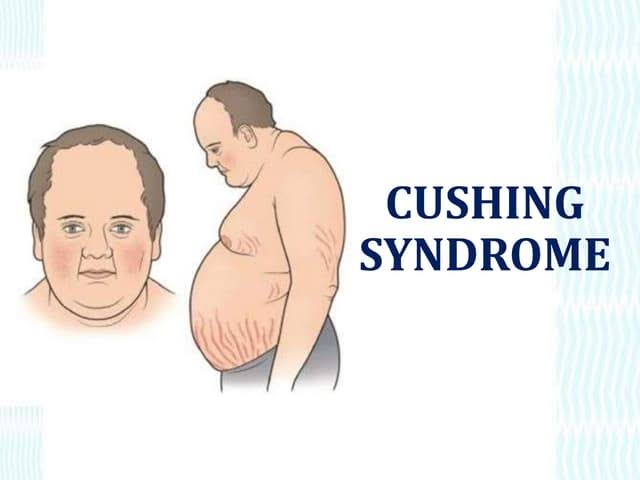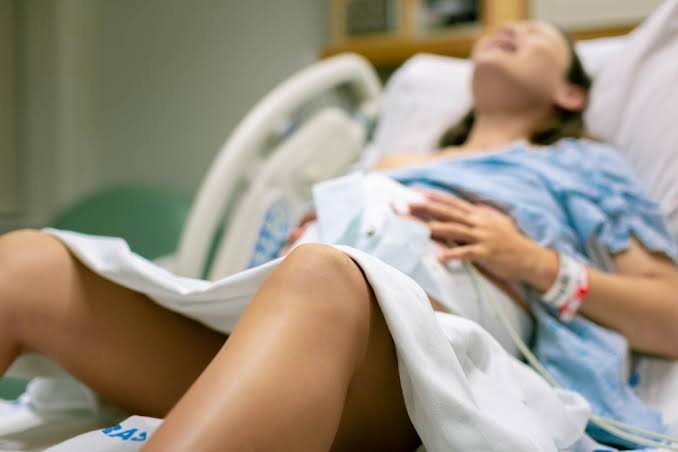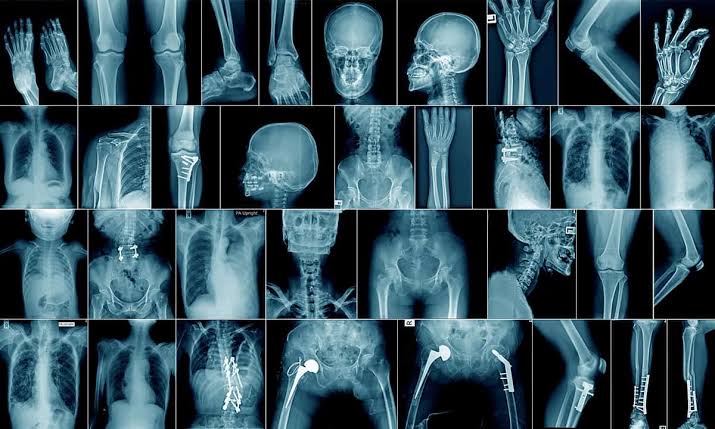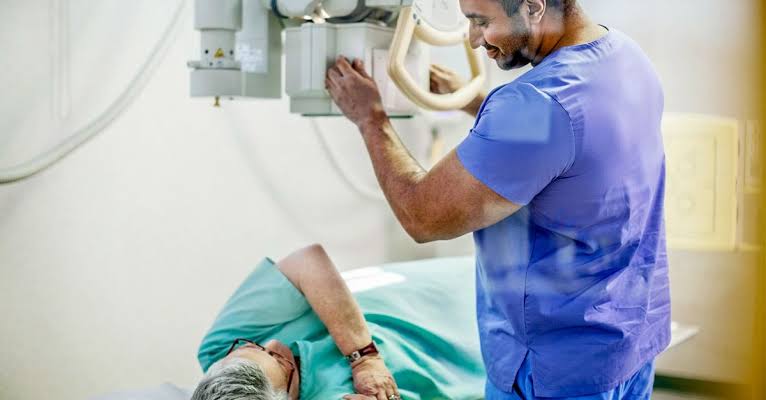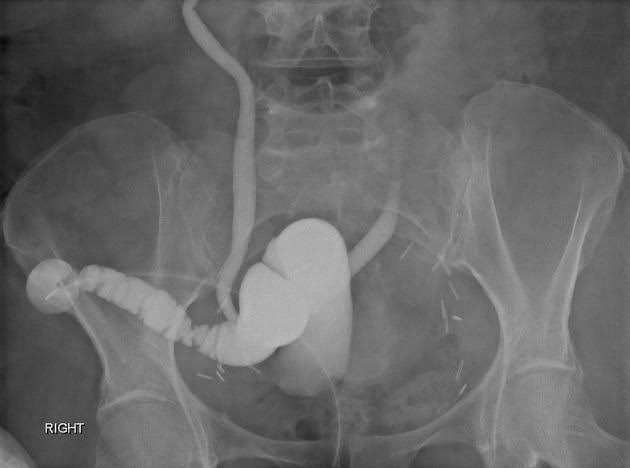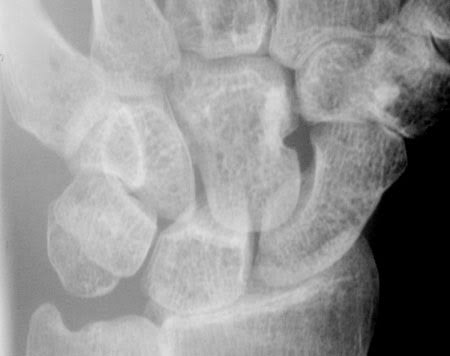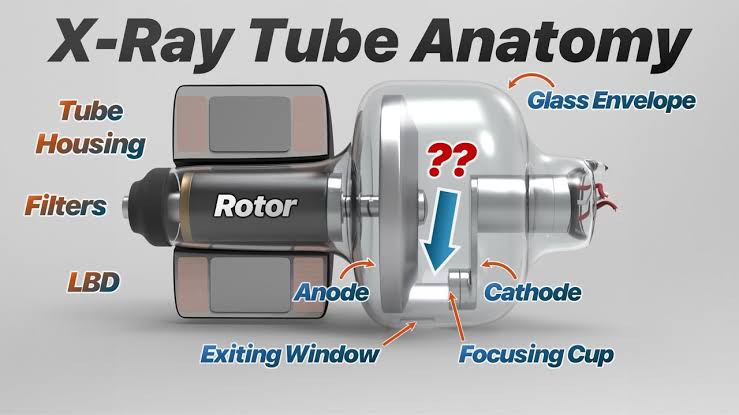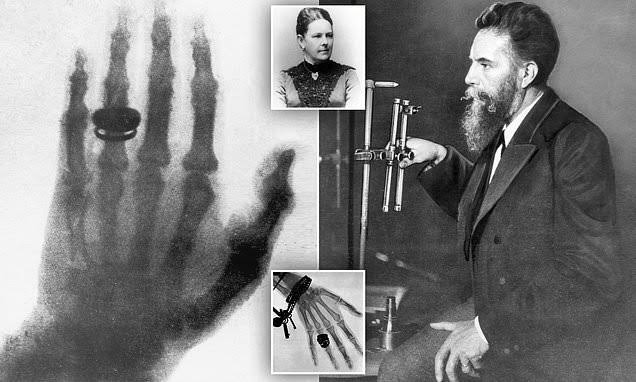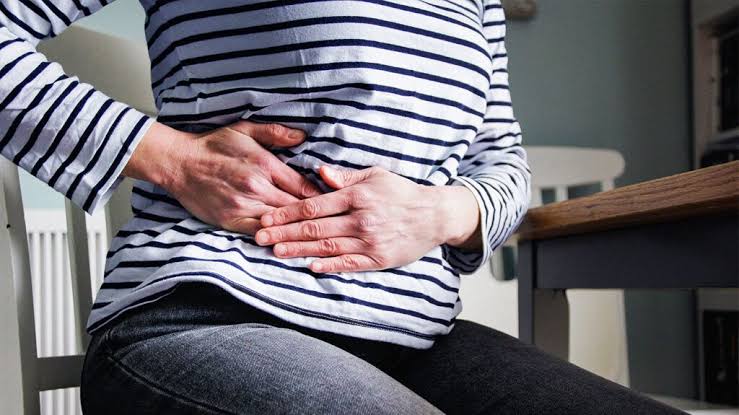
Acute Appendicitis and Related Conditions
Acute appendicitis, the inflammation of the vermiform appendix, is a common cause of acute abdominal pain and represents one of the most frequent indications for emergency abdominal surgery worldwide. Prompt recognition, diagnosis, and management are crucial to prevent complications.
Signs and Symptoms of Acute Appendicitis
The clinical presentation of acute appendicitis can vary, but a classic sequence of symptoms is often observed.
- Initial Pain: Typically begins as vague, dull discomfort around the periumbilical or epigastric region. This pain is often visceral in nature, poorly localized, and may be described as a cramp or ache.
- Pain Migration: Within 12 to 24 hours, as the inflammation extends to the parietal peritoneum, the pain usually migrates and localizes to the right lower quadrant (RLQ). This localized somatic pain is sharper, more constant, and exacerbated by movement, coughing, or jarring. The classical point of maximal tenderness in the RLQ is McBurney’s point, located two-thirds of the way from the umbilicus to the anterior superior iliac spine.
- Anorexia: Loss of appetite is a very common symptom, often preceding the onset of pain.
- Nausea and Vomiting: Nausea frequently accompanies the pain, and about half of patients experience vomiting. Vomiting usually follows the onset of pain, distinguishing it from gastroenteritis where vomiting may precede abdominal pain.
- Low-Grade Fever: A mild fever (typically 37.5°C to 38°C) is common. High fever (>38.5°C) may suggest a complication such as rupture or abscess formation.
- Change in Bowel Habits: Constipation is more common than diarrhea, although diarrhea can occur, particularly if the inflamed appendix is located near the rectum.
- Physical Examination Findings:
- Localized Tenderness: Tenderness and guarding in the RLQ, most pronounced at McBurney’s point.
- Rebound Tenderness: Pain experienced upon quick release of pressure from the abdomen, indicating peritoneal irritation.
- Guarding: Involuntary tensing of the abdominal muscles over the inflamed area.
- Rovsing’s Sign: Pain in the RLQ upon palpation of the left lower quadrant (presumably due to stretching of the peritoneum).
- Psoas Sign: RLQ pain with passive extension of the right hip, or with active flexion of the right hip against resistance, suggesting posterior irritation of the psoas muscle by a retrocecal appendix.
- Obturator Sign: RLQ pain with passive internal rotation of the flexed right hip, suggesting irritation of the obturator muscle by a pelvic appendix.
It is important to note that the presentation can be atypical, especially in pregnant women, the elderly, and young children, or if the appendix is located in unusual positions (e.g., retrocecal, pelvic).
Differential Diagnosis for Suspected Acute Appendicitis
Given the varied presentation of abdominal pain, particularly in the right lower quadrant, a broad differential diagnosis is essential. Conditions to consider depend on the patient’s age, sex, and other symptoms.
- Gastrointestinal Causes:
- Mesenteric Adenitis: Inflammation of the mesenteric lymph nodes, often following a viral illness, common in children.
- Gastroenteritis: Diffuse abdominal pain, nausea, vomiting, and diarrhea, but pain is typically not localized to the RLQ as intensely as in appendicitis.
- Meckel’s Diverticulitis: Inflammation of Meckel’s diverticulum, can present identically to appendicitis (discussed further below).
- Inflammatory Bowel Disease (IBD) Flare: Crohn’s disease commonly affects the terminal ileum and can cause RLQ pain mimicking appendicitis.
- Diverticulitis: While typically affecting the sigmoid colon (LLQ pain), right-sided colonic diverticulitis can cause RLQ pain.
- Constipation: Can cause diffuse or localized abdominal pain, but usually lacks classic appendiceal signs/symptoms.
- Irritable Bowel Syndrome (IBS) Flare: Can cause abdominal pain but often associated with changes in bowel habits and lacks inflammatory markers or localized peritonitis signs.
- Gynecological Causes (in females):
- Ectopic Pregnancy: A life-threatening condition causing severe abdominal pain, often unilateral, with vaginal bleeding; requires a positive pregnancy test.
- Ovarian Cyst Pathology: Rupture of an ovarian cyst or ovarian torsion (twisting of the ovary) can cause sudden, severe, unilateral lower abdominal or pelvic pain.
- Pelvic Inflammatory Disease (PID): Infection of the upper female reproductive tract, often causing bilateral lower abdominal/pelvic pain, fever, vaginal discharge.
- Endometriosis: Can cause chronic or cyclical pelvic pain, potentially acute if cyst rupture occurs.
- Mittelschmerz: Mid-cycle sharp abdominal or pelvic pain associated with ovulation; typically resolves within 24-48 hours.
- Urological Causes:
- Ureteral Colic/Kidney Stones: Pain typically originates in the flank or upper abdomen and radiates to the groin; often severe and colicky. Urinalysis may show blood.
- Urinary Tract Infection (UTI) or Pyelonephritis: Dysuria, frequency, urgency, suprapubic or flank pain. Urinalysis is diagnostic.
- Other Causes:
- Psoas Abscess: Infection in the psoas muscle.
- Abdominal Wall Hematoma: Can cause localized pain and tenderness but usually associated with trauma or anticoagulation.
- Herpes Zoster (Shingles): Early in the course, can cause unilateral abdominal pain before the characteristic rash appears.
Diagnostic Workup in Patients with Suspected Acute Appendicitis
The diagnostic workup aims to confirm the diagnosis of appendicitis, rule out other conditions, and assess for complications.
- Step 1: Detailed History and Physical Examination:
- Crucial first step. Elicit a thorough history of the pain’s onset, character, location, migration, and associated symptoms (anorexia, nausea, vomiting, bowel changes, fever).
- Perform a comprehensive abdominal examination, assessing for tenderness, guarding, rebound, and specific signs (McBurney’s, Rovsing’s, Psoas, Obturator). A rectal or pelvic exam may be necessary depending on the clinical context.
- Step 2: Laboratory Investigations:
- Complete Blood Count (CBC): Look for leukocytosis (elevated white blood cell count), often with a “left shift” (increased neutrophils and band forms), indicating bacterial infection. However, up to 20% of patients with appendicitis may have a normal WBC count, especially early on or in immunocompromised individuals.
- C-Reactive Protein (CRP): An acute-phase reactant that is often elevated in appendicitis, though less specific than WBC count. An elevated CRP alongside elevated WBC increases suspicion.
- Urinalysis: To rule out UTI or ureteral colic. A few RBCs or WBCs can sometimes be found in urinalysis if the inflamed appendix is near the bladder or ureter, but significant pyuria or hematuria suggests a urinary source.
- Pregnancy Test (for females of childbearing age): Essential to rule out ectopic pregnancy and guide imaging choices.
- Step 3: Imaging Studies: Imaging is often used to confirm the diagnosis, especially when the clinical picture is equivocal.
- Ultrasound (US): A useful initial imaging modality, especially in children and pregnant women due to lack of radiation. Can visualize a non-compressible, dilated, tender appendix (>6mm diameter), appendicolith, or periappendiceal fluid/abscess. Operator-dependent and can be limited by bowel gas or body habitus. Can also help identify gynecological pathology.
- Computed Tomography (CT) Scan: The most sensitive and specific imaging test for appendicitis in most adults. Provides clear anatomical detail. Findings include a dilated appendix, thickened wall, periappendiceal fat stranding, appendicolith, and can identify complications like perforation or abscess.
- Magnetic Resonance Imaging (MRI): An alternative imaging option, particularly useful in pregnant patients to avoid radiation exposure.
- Step 4: Observation and Serial Examination: In cases of equivocal presentation and initial normal or mildly abnormal investigations, serial abdominal examinations over a few hours can be performed by an experienced clinician. Worsening pain and signs point towards appendicitis; resolution suggests a less acute process.
Common Complications of a Ruptured Appendix
If acute appendicitis is left untreated, the appendix lumen can become obstructed, leading to increased intraluminal pressure, ischemia, necrosis, and eventually perforation (rupture). Complications of perforation include:
- Peritonitis: Diffuse inflammation and infection of the peritoneal cavity (lining of the abdominal cavity and organs). This leads to severe, generalized abdominal pain, guarding, and rigidity.
- Abscess Formation: A localized collection of pus, often occurring if the body walls off the infection after rupture. Abscesses can form around the appendix (periappendiceal) or in other parts of the abdomen (e.g., pelvic, subphrenic).
- Sepsis: A life-threatening systemic response to infection, characterized by organ dysfunction. Can develop if the infection is not contained.
- Ileus: Paralysis of intestinal peristalsis due to inflammation, leading to abdominal distension, nausea, and vomiting.
- Adhesions: Formation of scar tissue between loops of bowel and other abdominal organs following inflammation or surgery, which can lead to chronic pain or future bowel obstruction.
- Pylephlebitis: A rare but serious complication involving septic thrombosis of the portal vein, often leading to liver abscesses.
Incidence and Management of Appendiceal Carcinoid
Appendiceal carcinoid tumors are neuroendocrine tumors arising from the enterochromaffin cells in the appendix.
- Incidence: Although carcinoid tumors are relatively rare overall, the appendix is the most common site for gastrointestinal carcinoid tumors. However, most appendiceal carcinoids are small, found incidentally during appendectomy for suspected appendicitis, and have a low malignant potential. They are often discovered in patients in their 40s and 50s, but can occur at any age.
- Clinical Presentation: Most appendiceal carcinoids are asymptomatic. They may present with symptoms of acute appendicitis if the tumor obstructs the appendix lumen. Carcinoid syndrome (flushing, diarrhea, bronchospasm, heart valve abnormalities) is extremely rare with appendiceal carcinoids unless metastatic disease is present, which is uncommon for typical appendiceal carcinoids.
- Management: Management depends on the tumor size, location, and histological features (mitotic rate, invasion depth, presence of nodal/vascular invasion).
- Appendectomy Alone: For tumors ≤ 1-2 cm located at the tip of the appendix without clear evidence of invasion or nodal involvement, a simple appendectomy (removal of the appendix) is usually curative and sufficient.
- Right Hemicolectomy: For larger tumors (> 1-2 cm), those involving the base of the appendix or mesoappendix, tumors with high-grade features, or those with suspected nodal involvement, a formal right hemicolectomy (removal of the right colon, including the appendix and associated lymph nodes) is typically recommended to ensure adequate margin and lymph node dissection.
- Follow-up: Patients with larger or higher-risk tumors may require oncological follow-up, potentially including imaging studies or biochemical markers (like chromogranin A), although this is less common for typical appendiceal carcinoids compared to those elsewhere in the GI tract.
Clinical Presentation of Meckel’s Diverticulum (MD)
Meckel’s Diverticulum is a congenital outpouching of the small intestine, representing the remnant of the vitelline duct. It is the most common congenital anomaly of the gastrointestinal tract. While often asymptomatic, it can become symptomatic in several ways. The “Rule of 2s” is a mnemonic often used to describe characteristics of MD (though not universally accurate): occurs in ~2% of the population, located ~2 feet from the ileocecal valve, ~2 inches in length, symptomatic usually before age 2, and may contain gastric or pancreatic ectopic tissue.
- Asymptomatic: The majority of Meckel’s diverticula remain asymptomatic throughout a person’s life and are often discovered incidentally during surgery for other reasons.
- Symptomatic Presentations:
- Painless Rectal Bleeding: This is the most common symptom, especially in young children. It is usually caused by ulceration of the adjacent ileal mucosa due to acid secreted by ectopic gastric mucosa within the diverticulum. Bleeding is typically bright red or maroon and can be significant, leading to anemia.
- Meckel’s Diverticulitis: Inflammation of the diverticulum, mimicking acute appendicitis. The presentation can be indistinguishable from appendicitis, with abdominal pain, fever, nausea, and vomiting. Pain is often periumbilical initially and may or may not localize to the right lower quadrant.
- Bowel Obstruction: Can occur due to several mechanisms:
- Intussusception: The diverticulum acts as a lead point for telescoping of the small bowel.
- Volvulus: Twisting of the small bowel around a fibrous band connecting the diverticulum to the abdominal wall or mesentery.
- Hernia Entrapment: The diverticulum can protrude into a hernia sac (Littre’s hernia) and become incarcerated or strangulated.
- Perforation: Can occur secondary to severe diverticulitis or ulceration.
- Umbilical Abnormalities: Persistent vitelline duct remnants can present as an umbilical fistula, sinus, or cyst (rare).
Treatment of Meckel’s Diverticulum (MD)
Treatment of Meckel’s Diverticulum depends on whether it is symptomatic and the specific presentation.
- Asymptomatic MD: The management of incidentally discovered Meckel’s diverticulum in adults is debated. Most general surgeons do not routinely resect an asymptomatic MD found incidentally, especially in adults, citing low lifetime risk of complications and potential for morbidity from the surgery itself. Resection may be considered in adults if features suggesting higher risk are present (e.g., palpable abnormality, thickened wall, narrow neck, presence of a fibrous band) or in specific patient populations (e.g., pediatric patients, immunocompromised). In children, the risk of future complications is higher, and incidental resection is more commonly performed, though this remains controversial.
- Symptomatic MD: Any symptomatic Meckel’s diverticulum requires surgical resection. The approach depends on the presentation and the anatomy of the diverticulum:
- Diverticulectomy: If the base of the diverticulum is narrow and there is no significant inflammation or compromise of the blood supply to the adjacent ileum, the diverticulum can be simply surgically removed (stapled or sutured across the base).
- Segmental Small Bowel Resection: This is necessary if the base of the diverticulum is broad, if there is inflammation or ulceration extending into the adjacent ileal wall, if there is significant ectopic tissue at the base, or if there is associated bowel compromise (e.g., due to obstruction or ischemia). A section of the ileum containing the diverticulum is removed, and the remaining bowel ends are reconnected (anastomosis).
- Management of Complications: Treatment also includes addressing any complications, such as surgical reduction of intussusception or volvulus, drainage of abscesses, or repair of perforations.
Surgical intervention for symptomatic MD is curative in most cases.


